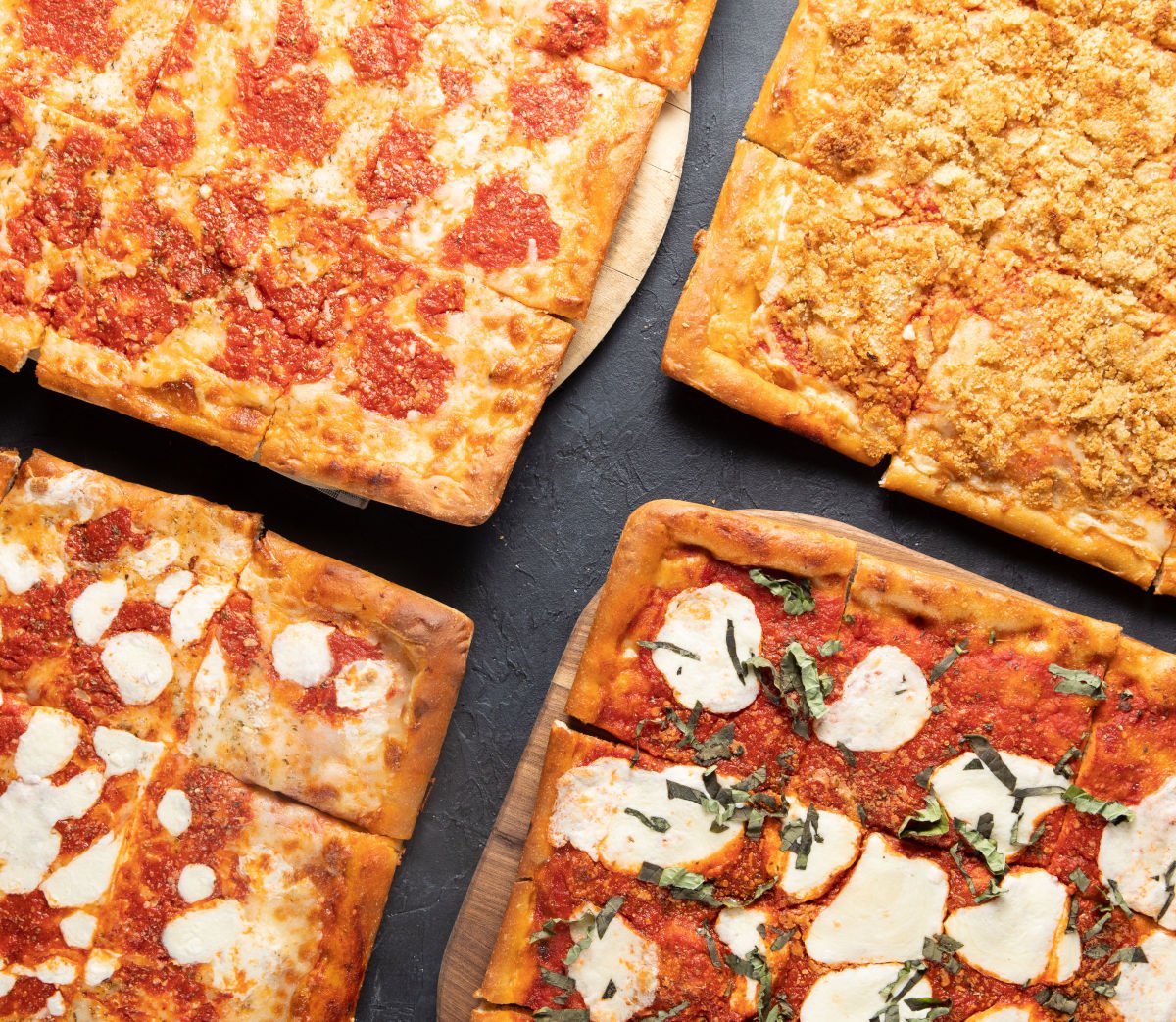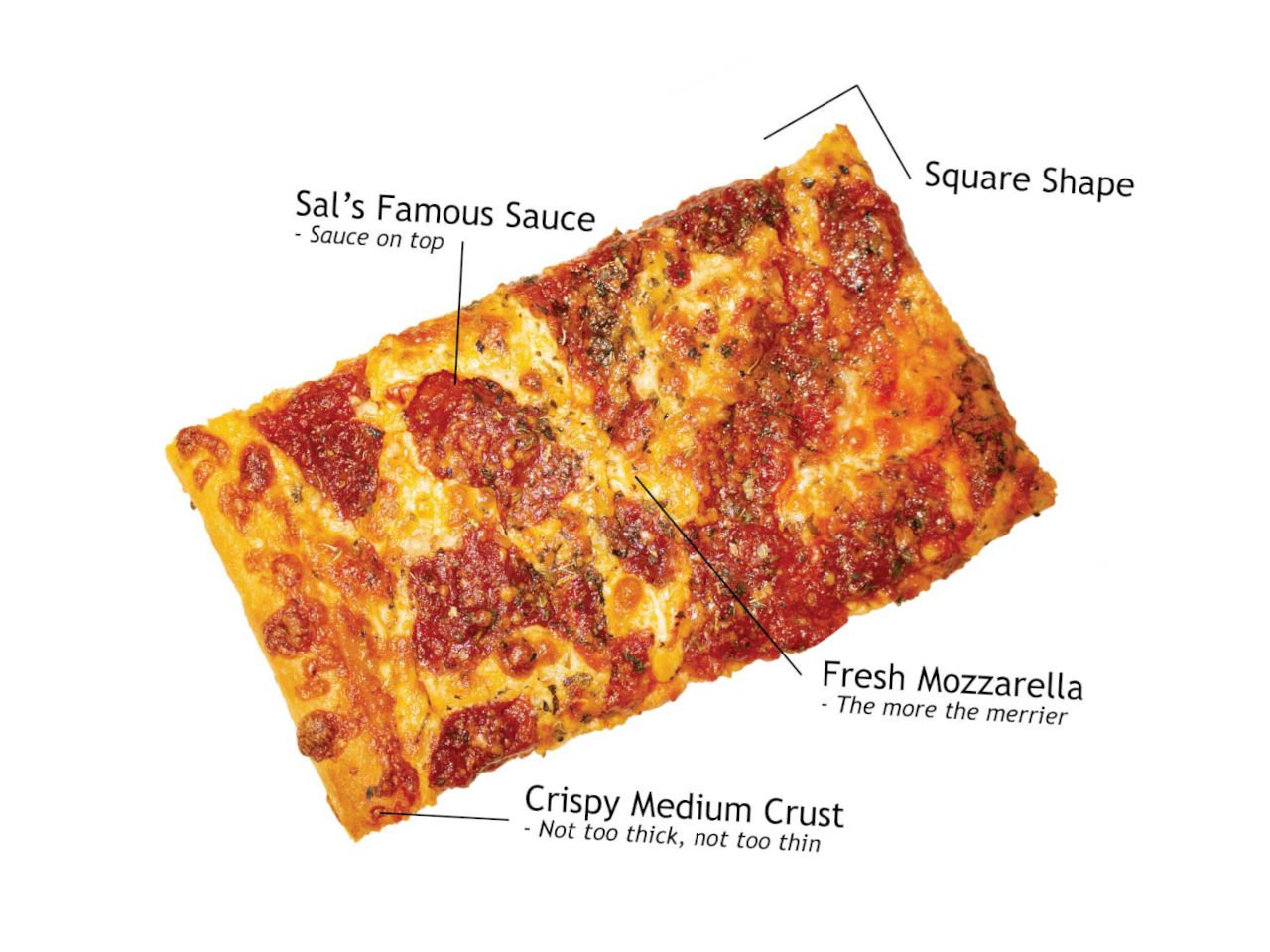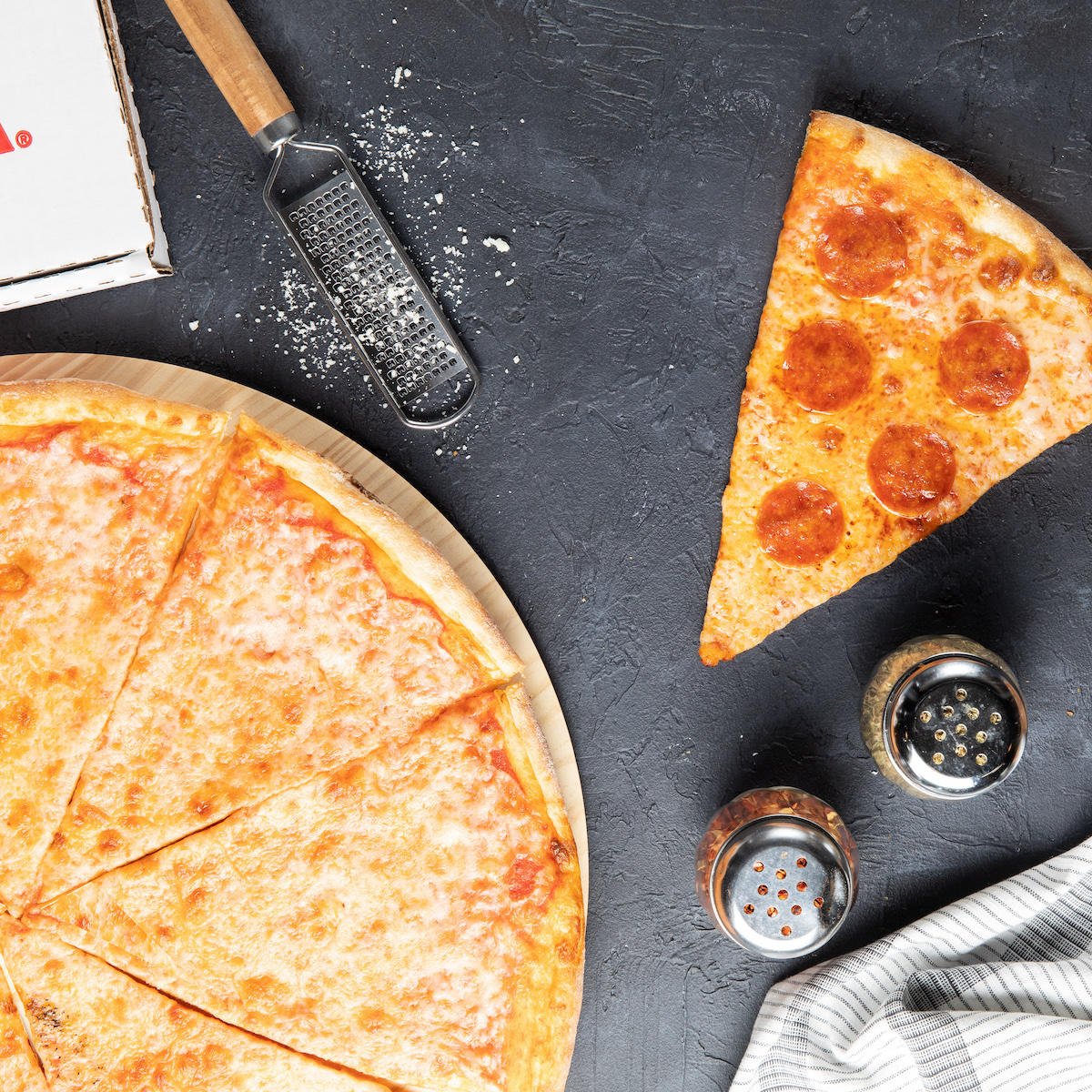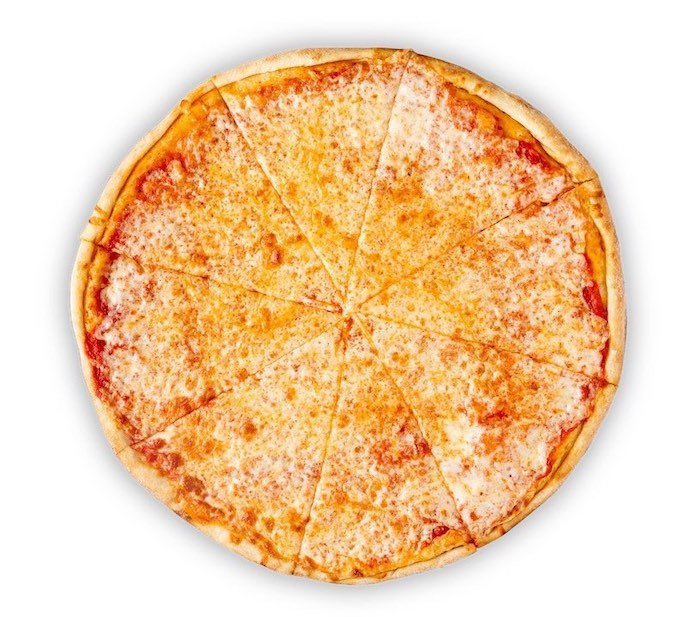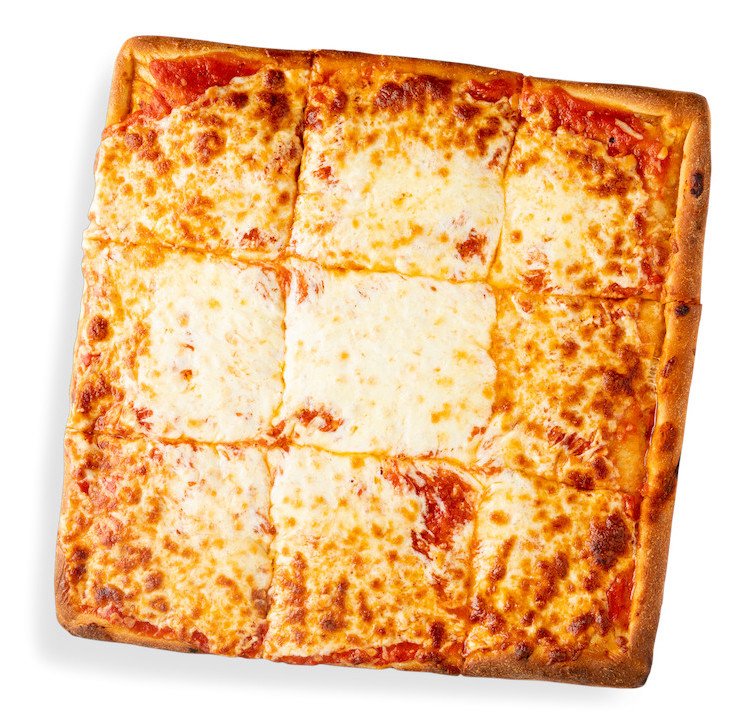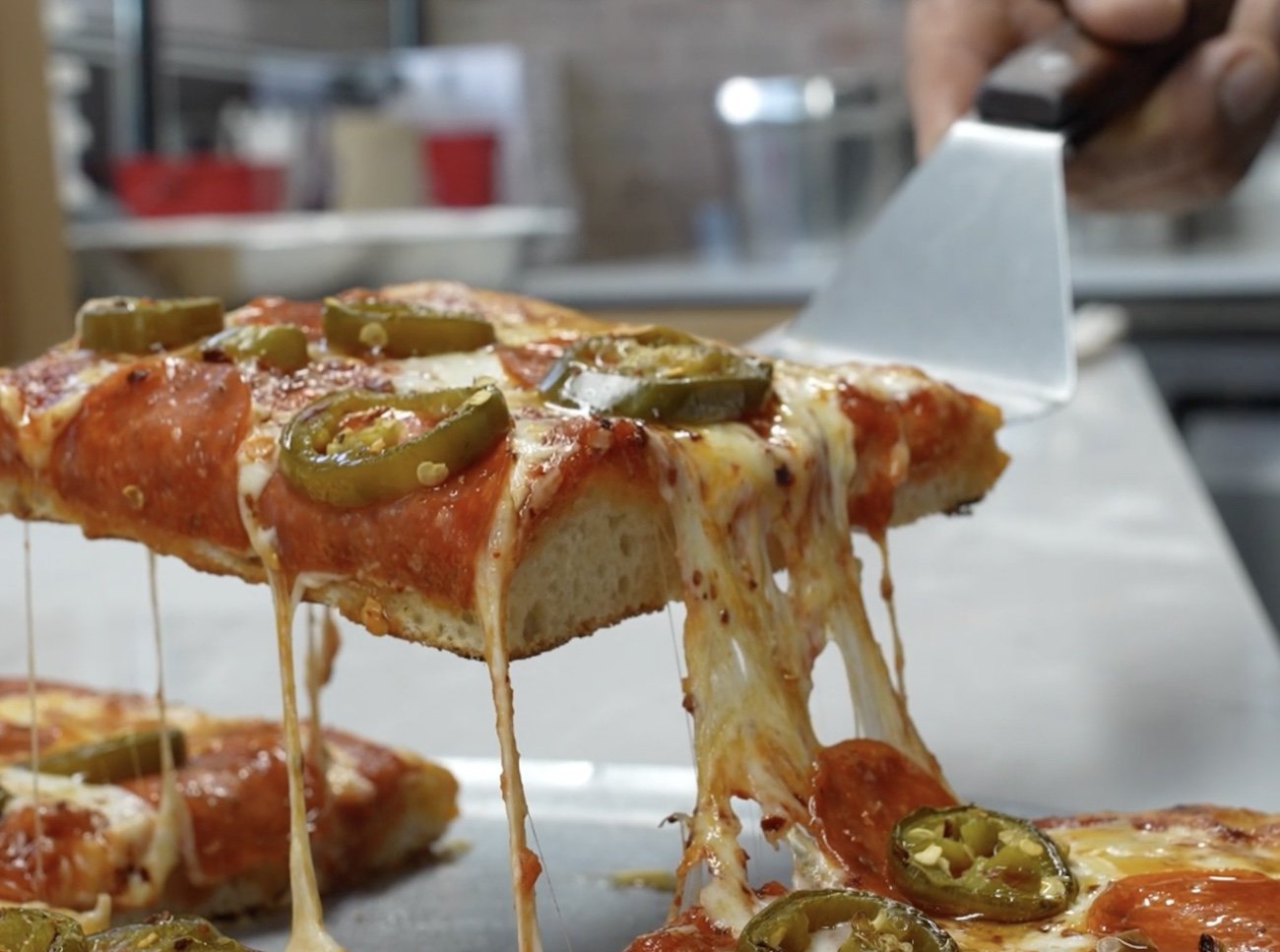On this installation of things that look and sound Italian but are actually from New York, we present Garlic Knots!
Little pieces of pizza dough rolled and then tied up in an overhand knot are baked in the pizza oven giving them a superior puffy texture inside and a perfect golden crust on the outside. Once hot and fresh out of the oven, they usually get tossed in some version of garlic infused Olive Oil. Any respectable slice joint will double bake them for you fresh to order and serve with a side of Marinara sauce. So, let’s learn more about the origin and history of this deliciously twisted pizza snack!
Where did Garlic Knots originate? Are they Italian or American?
Well folks, even though the combination of bread and garlic is nothing new to the world (Garlic Bread served with a side of hard cheese was a very big snack in Ancient Rome called bruschetta) garlic knots are certainly younger than that!
As with all things associated with NY style pizza, it starts a bit after WWII in Brooklyn. Brooklyn was the gathering place for a lot of Italian immigrants (Sal’s family made that trip from Sicily to Brooklyn in 1950) and the birthplace of all things NY Pizza. With the world economy in shambles after WWII and food waste being a cardinal sin back then, the garlic knot emerges.
Pizzeria owners all over Brooklyn & Queens started using leftover pizza dough to create the most famous pizza sidekick.
The first precursor of Garlic Knots, Garlic Rolls, make their appearance in Sheepshead Bay, Brooklyn at Anthony’s Place. Owner Anthony Sette claims that they have been making poppy seed, fresh garlic, and olive oil rolls since 1947. They are still on the menu…
What are Garlic Knots made of?
Garlic Knots start as leftover pizza dough which is stretched and then cut into strips. Those strips then get tied in an overhand knot and baked in a hot pizza oven. Once they are baked, they get coated with a generous helping of olive oil to add flavor as well as texture and color to the knot. Then each pizzeria adds its own garlic centered flavors to them. Garlic and chili flakes for spicy knots, Parmesan, butter & chopped parsley for a more Euro flavor, or Everything Bagel seasoning for more adventurous knots!
What goes well with Garlic Knots?
Any respectable pizzeria will give a side of their red sauce (Marinara) with the knots. There are heathens though out there that prefer dunking Garlic Knots in Ranch dressing. Not the way Sal likes it but to each their own, I guess…
Anatomy of Sal’s Garlic Knots
Fresh dough made from scratch daily and tied in a knot by our Pizzaiolos
Cold pressed, first squeeze Extra Virgin Olive Oil imported from Sicily
Fresh chopped Parsley from our partner farm in Salinas, CA
Fresh chopped Garlic and lots of it!
Side of homemade Marinara Sauce



